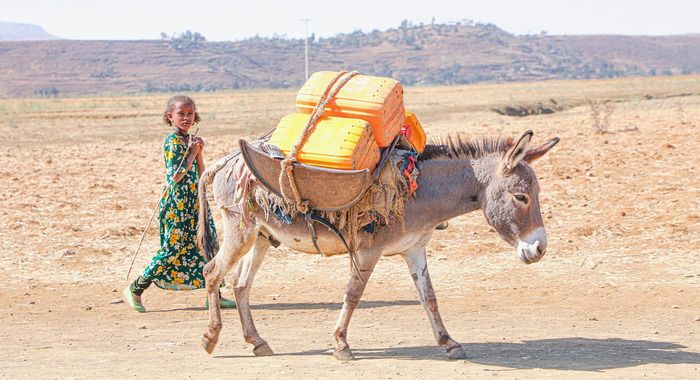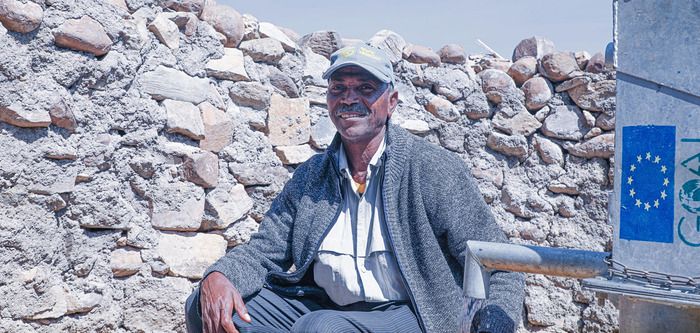 Stories
Stories
March 6, 2024 • 2 min read
The two-year conflict in Tigray, spanning from November 4th, 2020, to November 3rd, 2022, led to significant loss of life, mass internal displacement, and severe damage to vital civilian infrastructure.
Conflict-affected communities in need
Essential water, sanitation, and hygiene (WASH) infrastructure was among those damaged. A recent study conducted across 14 districts in Tigray revealed a grim reality: only 34% of water pumps are still operational. These are water pumps that conflict-affected communities rely on for drinking, bathing, and cooking. For families in Tigray, rebuilding water infrastructure was essential for rebuilding their lives. The impact of the water crisis transcends mere inconvenience, disproportionately affecting mothers and children alike. When water is not easily accessible, women and children are often the ones who must trek great distances to find it, leaving no time for education or work of greater economic value.
In the Enderta district of Tigray, Lete Eyesus Tadele, a 50-year-old mother of five, resides in the village of Metkel. The region experienced water scarcity challenges before the conflict even began. But in the aftermath of the war, additional damage to water infrastructure forced Lete to walk over three to four hours on foot to find water. Her primary water source was open, untreated, and often shared with nearby livestock.

A young girl collecting water in Tigray.
Rebuilding water infrastructure
Throughout the chaotic two-year period, which was marked by intermittent fighting, GOAL endeavoured to address the pressing humanitarian needs of conflict-affected communities. Leveraging every available opportunity to transport and distribute aid, GOAL teams in Ethiopia remained persistent in their mission.
Following the cessation of hostilities, GOAL swiftly identified and prioritised critical infrastructure for restoration, with a particular focus on healthcare, water, and sanitation facilities. Through collaborative efforts with stakeholders, with funding from the EU, vital water pumps in Lete Eyesus’s village were rehabilitated, restoring access to safe, clean water.
“The value of water can so easily be taken for granted until it is no longer accessible,” Lete reflected. The restoration has alleviated the burden on her community and facilitated a return to a semblance of normalcy, enabling residents to start rebuilding their lives.
While the water facilities have been successfully revived in the small mountainous village, numerous others remain in disrepair, awaiting similar intervention. Mamo Mawcha, a focal person of the district water bureau, expressed gratitude for the assistance received thus far and acknowledged the collective effort required to ensure equitable access to this fundamental resource. With continued support, the aim is to expand access further, ensuring that no household in the village is left without this essential lifeline.

Mamo Mawcha, a focal person of the district water bureau, next to a restored water pump.

